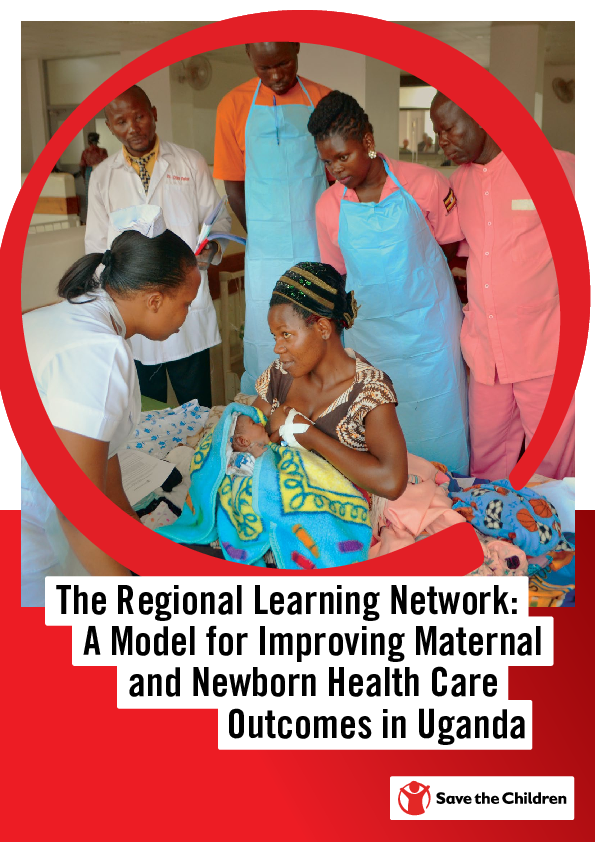Study: Research
Tracking development assistance for reproductive, maternal, newborn, child and adolescent health in conflict-affected countries
Publication year:
2019
English
Format:
PDF (593.8 KiB)
Publisher:
BMJ Global Health
Little is known about the patterns of development assistance (DA) for each component of reproductive, maternal, newborn, child and adolescent health (RMNCAH) in conflict-affected countries nor about the DA allocation in relation to the burden of disease. We tracked DA to RMNCAH in general and to each of its four components: reproductive health (RH), maternal and newborn health (MNH), child health (CH) and adolescent health (AH), in 25 conflict-affected countries between 2003 and 2017. We compared DA and disability-adjusted life years (DALYs) for each component. Using keyword searching and funding allocation methods, we produced two sets of estimates: DA primarily targeting RMNCAH (lower bound) and DA both primarily and partially for RMNCAH or DA not explicitly targeting RMNCAH but benefiting it (upper bound).
Between 2003 and 2017, we identified 46 833 projects among the 25 countries that targeted RMNCAH. During the study period, DA to RMNCAH increased by seven-fold from $0.5 billion to $3.6 billion, with a slowdown since 2013. Cumulatively, RH received the largest proportion of DA to RMNCAH (50%) with 84% of its funding earmarked for HIV/AIDS, which contributed to less than 6% of the total RMNCAH-related DALYs. AH received 3% of the DA-RMNCAH but contributed 15% to the RMNCAH-related DALYs. Non-communicable diseases caused more than one-third of the DALYs among adolescents, but received only 3% of DA to AH. RMNCAH-inclusive estimates showed consistent results.
While there was a substantial increase in funding to RMNCAH in conflict-affected countries over the period of study, some health issues with high disease burden (eg, AH and non-communicable diseases) received a disproportionately small portion of aid for RMNCAH. We recommend that donors increase investment to RMNCAH in conflict-affected countries, particularly in areas where the burden of disease or the potential benefit of investment is likely to be high.
Read full abstract
Authors
View & Download
Document information
Publisher
Authors
Format
Content type
Rights
© Author/Publisher
Found a mistake? Help us improve!
If you have noticed a document assigned to the wrong author or any other inaccuracies, let us know! Your feedback helps us keep our data accurate and useful for everyone.
Share
Link




